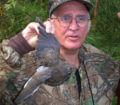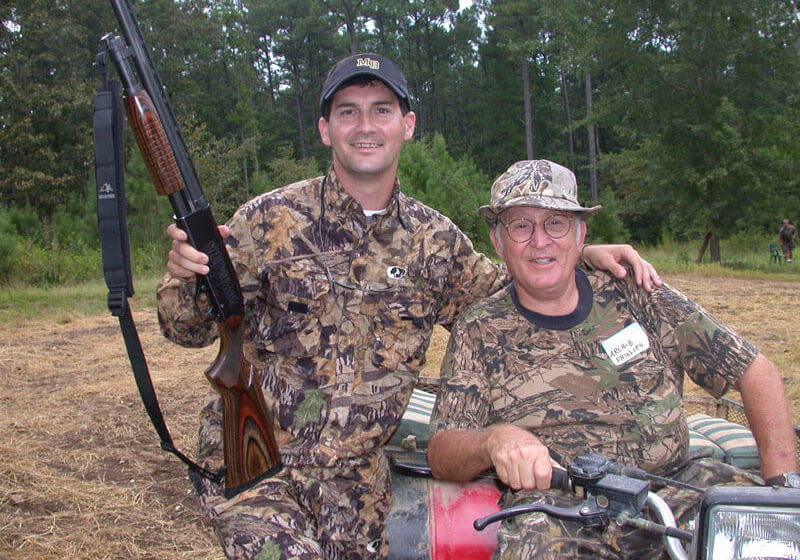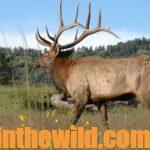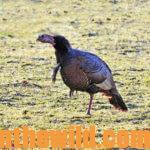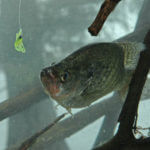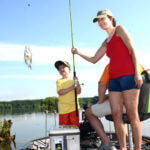Editor’s Note: My dove-hunting education while growing up began in a suburb of Birmingham, Alabama, called Wylam, about a block from my home. There was a big pasture with some hardwoods scattered throughout and a large reclaiming plant on one side, both owned by U.S. Steel. This area was a gathering place for elementary school boys to hunt, with us progressing from BB guns to .22 rifles and finally to .410 shotguns. Our number-one target was doves. Many of the tactics I learned then still work today, and I’m always open to learning more ways to take doves.
 Have you noticed that certain hunters always seem to take big bucks every season, whether hunting with bows, rifles or shotguns? Most people believe that these hunters are just extremely lucky. However, after interviewing some of the most-successful deer hunters, I’ve learned they use woodsmanship tactics to hunt deer that also will help you to take more doves. These hunters learn all they can about the deer on the property where they hunt – where the deer feed, water, mate, travel and loaf – important tools for successful dove hunters too, as my elementary school friends proved. The hunters who’ve identified where the bigger bucks enter and leave a field and then set-up ambush points on the edges of the field, or 50 to 100 yards off the field along the routes the buck will use early in the morning or late in the evening will be the most successful.
Have you noticed that certain hunters always seem to take big bucks every season, whether hunting with bows, rifles or shotguns? Most people believe that these hunters are just extremely lucky. However, after interviewing some of the most-successful deer hunters, I’ve learned they use woodsmanship tactics to hunt deer that also will help you to take more doves. These hunters learn all they can about the deer on the property where they hunt – where the deer feed, water, mate, travel and loaf – important tools for successful dove hunters too, as my elementary school friends proved. The hunters who’ve identified where the bigger bucks enter and leave a field and then set-up ambush points on the edges of the field, or 50 to 100 yards off the field along the routes the buck will use early in the morning or late in the evening will be the most successful.
Like deer hunters will take stands on the travel corridors that bucks use to move back and forth, my dove-hunting buddies and I would take stands on the outside perimeter of the doves’ roost trees, late in the afternoon. With deer hunting, bucks often will meet their does to breed every year in about the same places. So, hunters will sit over scrapes and rubs, especially on the edges of fields. But more than likely, deer hunters will sit in thicker cover.
 Some of the best bowhunters I know begin to identify these secret spots and ambush points long before the season arrives. Because of technology today, they can learn where to put up their stands before the season to be successful during the season. To find a deer’s potential feeding, watering, bedding and breeding sites, hunters look at topo maps, aerial photos and other types of maps. Because of their past knowledge of deer hunting, they almost always can define the important places on the maps that deer will be. Then they can travel to the 10 or 12 spots they’ve found where big bucks are most likely to appear, set-up trail cameras and try to get pictures of bucks they may want to take.
Some of the best bowhunters I know begin to identify these secret spots and ambush points long before the season arrives. Because of technology today, they can learn where to put up their stands before the season to be successful during the season. To find a deer’s potential feeding, watering, bedding and breeding sites, hunters look at topo maps, aerial photos and other types of maps. Because of their past knowledge of deer hunting, they almost always can define the important places on the maps that deer will be. Then they can travel to the 10 or 12 spots they’ve found where big bucks are most likely to appear, set-up trail cameras and try to get pictures of bucks they may want to take.
This system drastically reduces the amount of time needed to pinpoint the most-productive places in the woods to hunt. After doing their trail-camera surveys, hunters can move trail cameras to find and more accurately pinpoint where the bucks are going, why they’re moving to certain places at specific times of day, and which bucks the hunter wants to try and take well before the season arrives.
Due to the clarity of Google Earth’s photos, you can pinpoint the closest water hole to a dove’s feeding or roosting site. Then you can investigate where you can take a stand for dove season success. Also you may be able to spot a large dead or a live tree on the edge of a field or a watering hole that doves will use. You also may see clumps of thick evergreens where doves may roost. By doing your map reconnaissance like deer hunters do, you’ll drastically reduce your scouting time for doves.
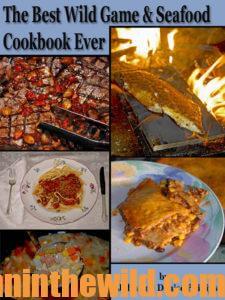 To learn delicious recipes for preparing doves, see John and Denise Phillips’s “The Best Wild Game and Seafood Cookbook Ever: 350 Southern Recipes” at https://www.amazon.com/Best-Wild-Game-Seafood-Cookbook/dp/0692234683. To see others of John’s books on hunting, go to https://johninthewild.com/books/.
To learn delicious recipes for preparing doves, see John and Denise Phillips’s “The Best Wild Game and Seafood Cookbook Ever: 350 Southern Recipes” at https://www.amazon.com/Best-Wild-Game-Seafood-Cookbook/dp/0692234683. To see others of John’s books on hunting, go to https://johninthewild.com/books/.


